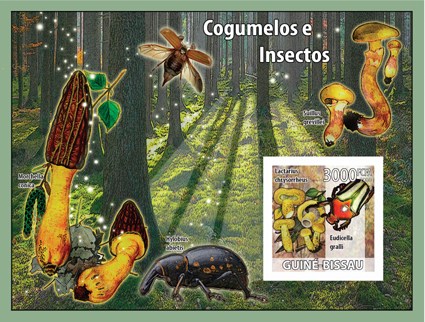The traditional approach to toxicity testing is to consider dose (concentration)-effect relationships at arbitrarily fixed exposure durations which are supposed to reflect ‘acute’ or ‘chronic’ time scales. This approach measures the proportion of all exposed individuals responding by the end of different exposure times. Toxicological databases established in this way are collections of endpoint values obtained at fixed times of exposure. As such these values cannot be linked to make predictions for the wide range of exposures encountered by humans or in the environment. Thus, current toxicological risk assessment can be compromised by this approach to toxicity testing, as will be demonstrated in this paper, leading to serious underestimates of actual risk. This includes neonicotinoid insecticides and certain metallic compounds, which may require entirely new approaches. In order to overcome this handicap, an increasing number of researchers are using a variant of the traditional toxicity testing protocol which includes time to event (TTE) methods. This TTE approach measures the times to respond for all individuals, and provides information on the acquired doses as well as the exposure times needed for a toxic compound to produce any level of effect on the organisms tested. Consequently, extrapolations and predictions of toxic effects for any combination of concentration and time are now made possible.
We will demonstrate that this approach is superior to current toxicological testing procedures, and has important implications for risk assessment of chemicals. Although time-to-event models have been considered in recent years for inclusion in risk assessments of environmental contaminants in areas as diverse as agriculture, occupational health, engineering and ecology, the implications of the time-dependent toxicity of some chemicals have not been realised yet. First of all we need to know what kind of toxicants behave in a time-dependent manner, which is the same as asking which chemicals bind irreversibly to specific receptors. So far, the evidence pointed out here indicates that neonicotinoids, some carcinogens and metal/metalloids fit such description but other chemical groups may also follow this pattern. Secondly, if a toxicant has time-dependent effects, the standard risk assessment procedures would not be valid in situations where there is exposure to sublethal concentrations of the toxicant for long periods of time. Traditionally this type of exposure has been considered as chronic toxicity, and its relationship with standard acute toxicity endpoints (e.g. LC50) has been studied in many aquatic species ever since Kenaga introduced a ratio to describe it. However, this traditional approach ignores the underlying mechanism of toxicity with time that has been described in this review.There is no doubt that once toxicologists realise the full potential and advantages of time-to-event approaches, they will become the standard tool for analysis of toxicity from pulse exposures, and the latent toxic effects emerging after exposure has ceased, because both of these phenomena are time related.
Source:
Tennekes HA, Sánchez-Bayo F (2011) Time-Dependent Toxicity of Neonicotinoids and Other Toxicants: Implications for a New Approach to Risk Assessment. J Environment Analytic Toxicol S4:001. doi:10.4172/2161-0525.S4-001 (attached)

- Login om te reageren
